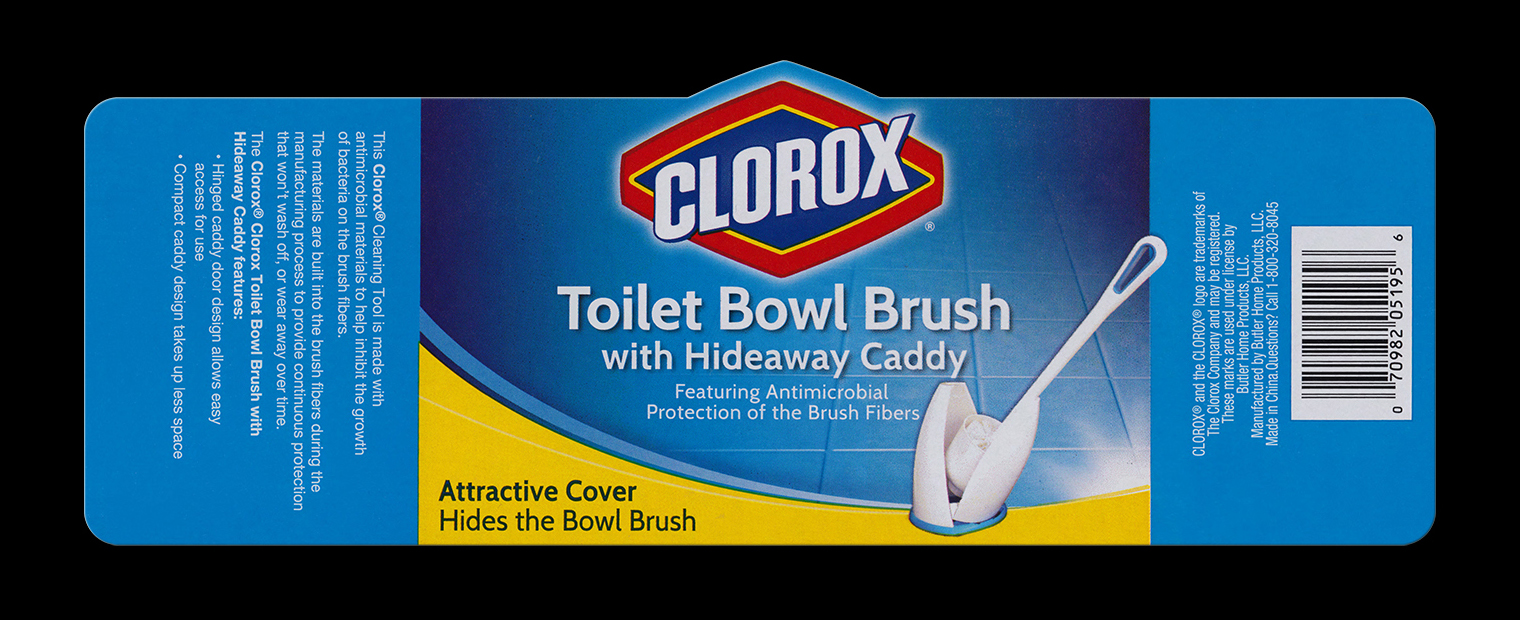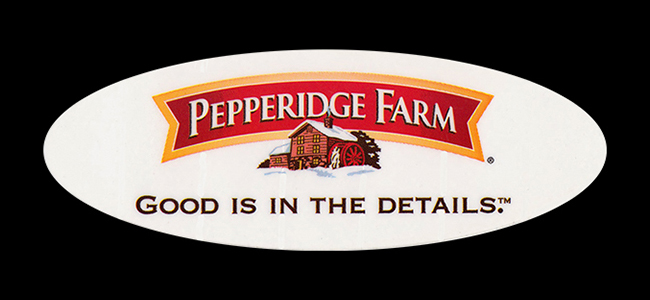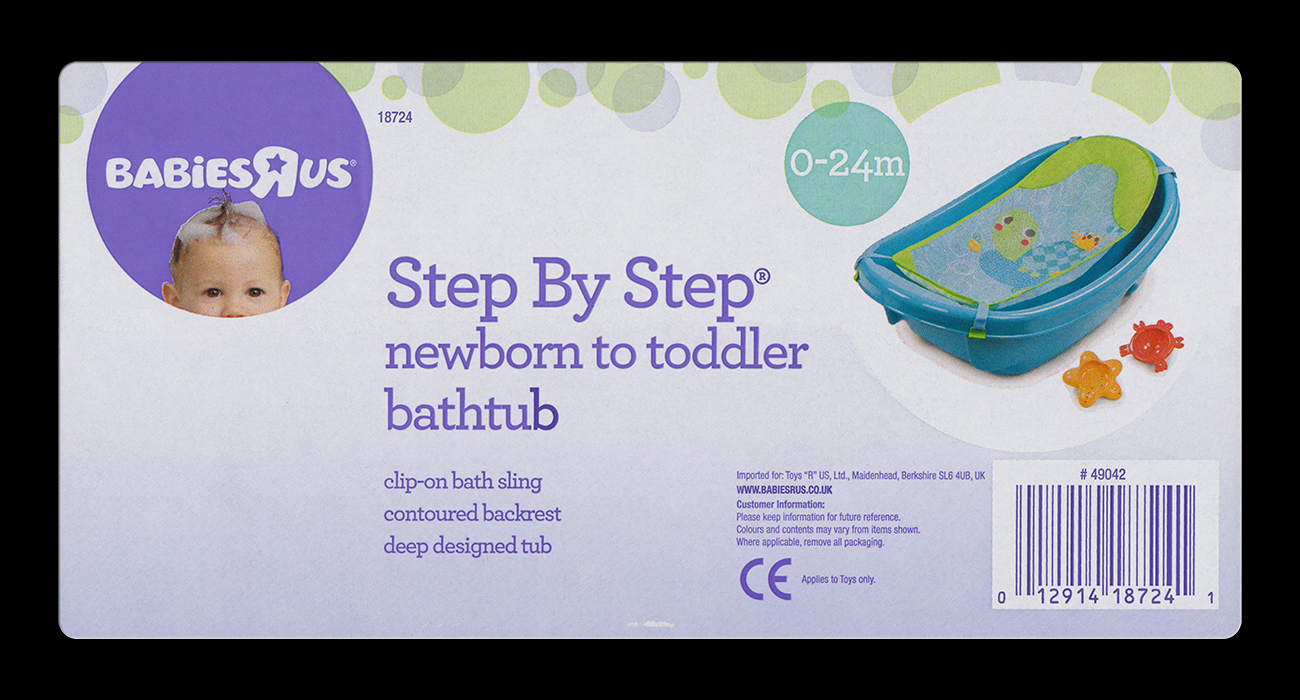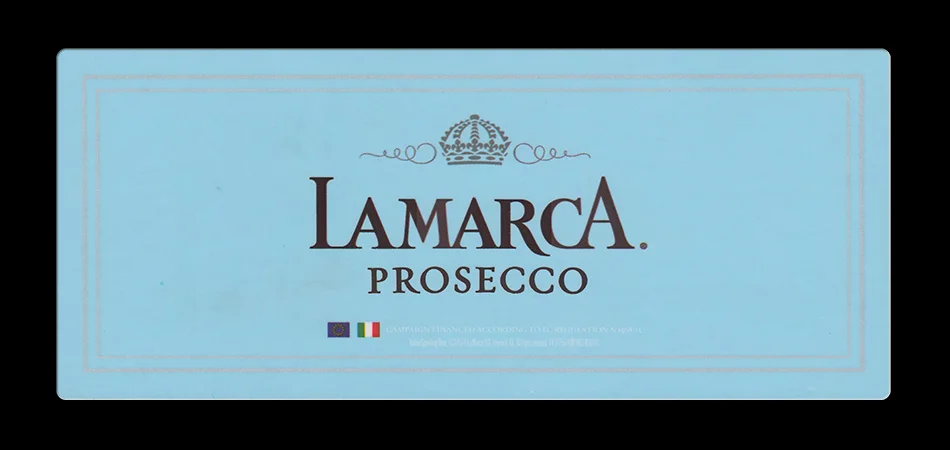About Us & What We Do
Accucon was established in 1989 as a narrow-web flexographic printing facility to convert pressure sensitive roll stock into manufacturers' UPC's and product identification labels. Manufacturers have moved away from packaging products in blister packs or other complicated cartons in favor of labeling for reasons of cost and environmental impact. We are constantly striving to produce the highest quality pressure sensitive labels for industries in Central Massachusetts.
Technology has improved to the point that our customers can rely on labeling for inventory control and re-ordering as well as using labels as a marketing tool for their products. With six-color and eight-color presses Accucon offers versatility for a wide range of product identification applications.
Accucon has become a full-service supplier of custom flexographic printed labels. We inventory a variety of stock and adhesive combinations. We can custom mix any ink color in the PMS System. Custom labels can be converted from a broad range of stock and adhesives. Allow our experts to explain the variety of specialty printing and die cutting solutions available to meet your needs.
About the Pantone Matching System (PMS)
The accuracy of color is critical in design. Because what you see on your monitor is never what will appear on a printed sheet, designers need a standardized color key.
A way to prevent this is by using a standardized color matching system, such as the Pantone Matching System. Though Pantone is not the only color standardization system, it is the most widely used and the one that most printers understand. Aside from being able to have consistency, Pantone Colors allow you to use colors that cannot be mixed in CMYK.
Some of the Pantone Colors can be reproduced by mixing CMYK inks while others must be pre-mixed inks. Pantone has guides for their spot colors (called "Solid" or premixed ink colors by Pantone) and guides which show the Process colors. Samples in the process guides are therefore colors achievable through mixing CMYK (or "process") inks. A special guide also shows you the spot color and how it will look printed in CMYK along with CMYK values. This way, if spot colors, which are an added expense at print time, cannot be used, close colors may be mixed in process.
About Flexography
Flexography (Flexo) is a printing process which uses a flexible relief plate that feels rubbery like a craft stamp. This flexible plate is wrapped around a printing cylinder and adhered with sticky tape. Flexo printing had its foundation in letterpress printing, and was developed to address the shortcomings of letterpress. It is much more versatile than letterpress in that it can be used for printing on almost any type of substrate, including plastic, metallic films, and many papers. Flexo is widely used for printing on the non-porous substrates required for various types of food packaging. It is also well suited for printing large areas of solid color. Flexo does well printing metallic inks, opaque whites, and flexo inks anchor well on a broad range of materials including polyester, polypropylene, fluorescent labels, vinyl labels, and most coated papers.
Applications
Flexography has continued to grow in popularity for several decades. Flexo's printability on a wide range of substrates has allowed it to spread into many industries. Food packaging is an important market because of the capability of flexography to print on non-porous substrates. This capability makes it useful for printing on plastic bags as well. Other common applications for flexography include newspapers, gift wrap, magazines, newspaper inserts, paperback books, telephone directories, and business forms. The packaging world has moved a significant amount of printing toward flexography including pressure-sensitive labels, tags, wrappers, pouches, shrink sleeves, flexible packaging, and folding cartons. Specialty applications such as magnets, static cling signs, and tattoos have also become popular media for flexo printing.
Advantages
Product on Rolls: High Speed application is required for many packaging components such as labels, coupons, and flexible packaging. State-of-the-Art packaging lines use high-speed labeling equipment that require product on rolls. Line speeds up to 500 parts-per-minute can be achieved with flexo-printed labels.
Printing Speed: Rolls of material, not sheets, are fed into the flexo printing press. By eliminating the handling of sheets presses can be run at higher line speeds. Our presses run at 600 feet per minute. On set-up, flexography has a very low run waste level.

































